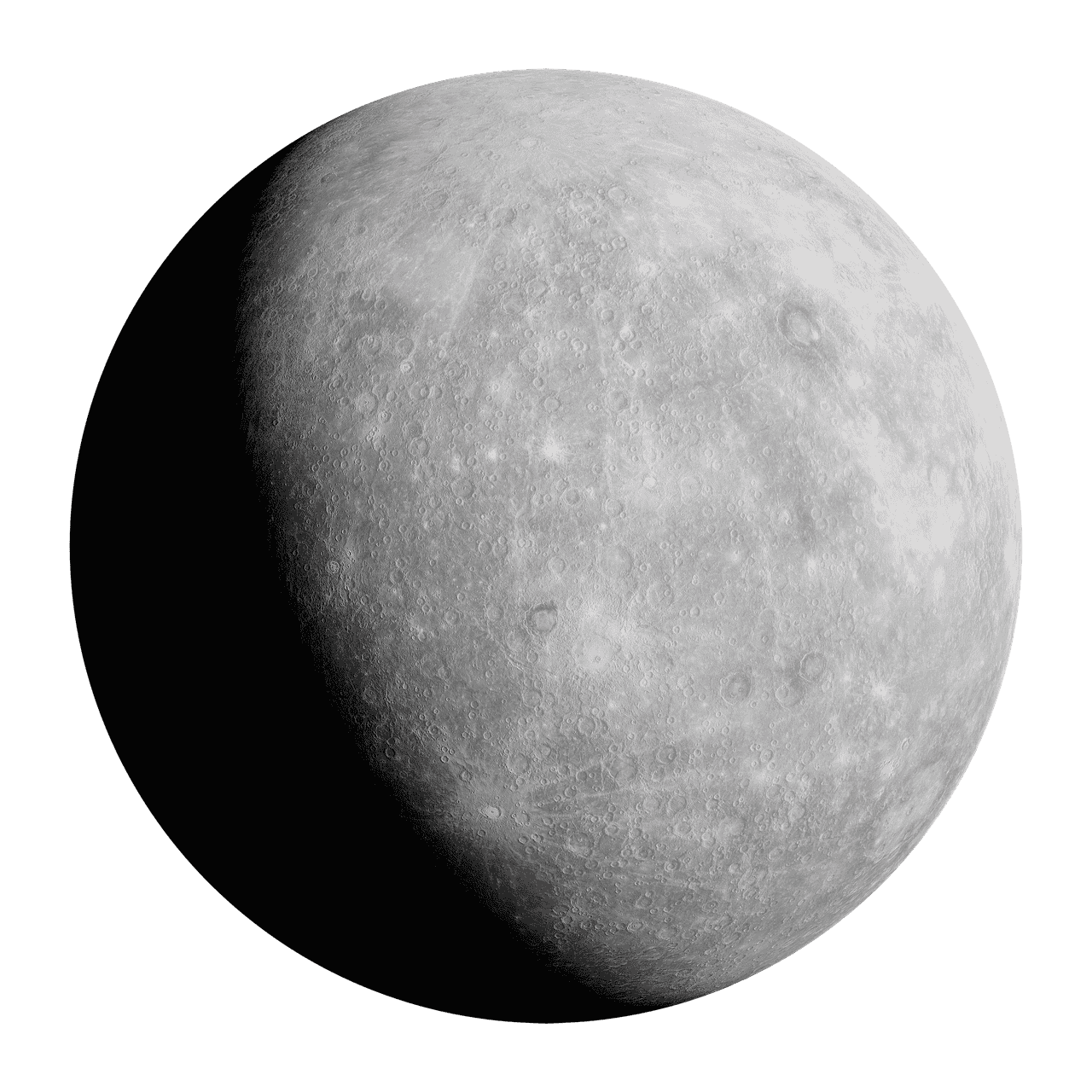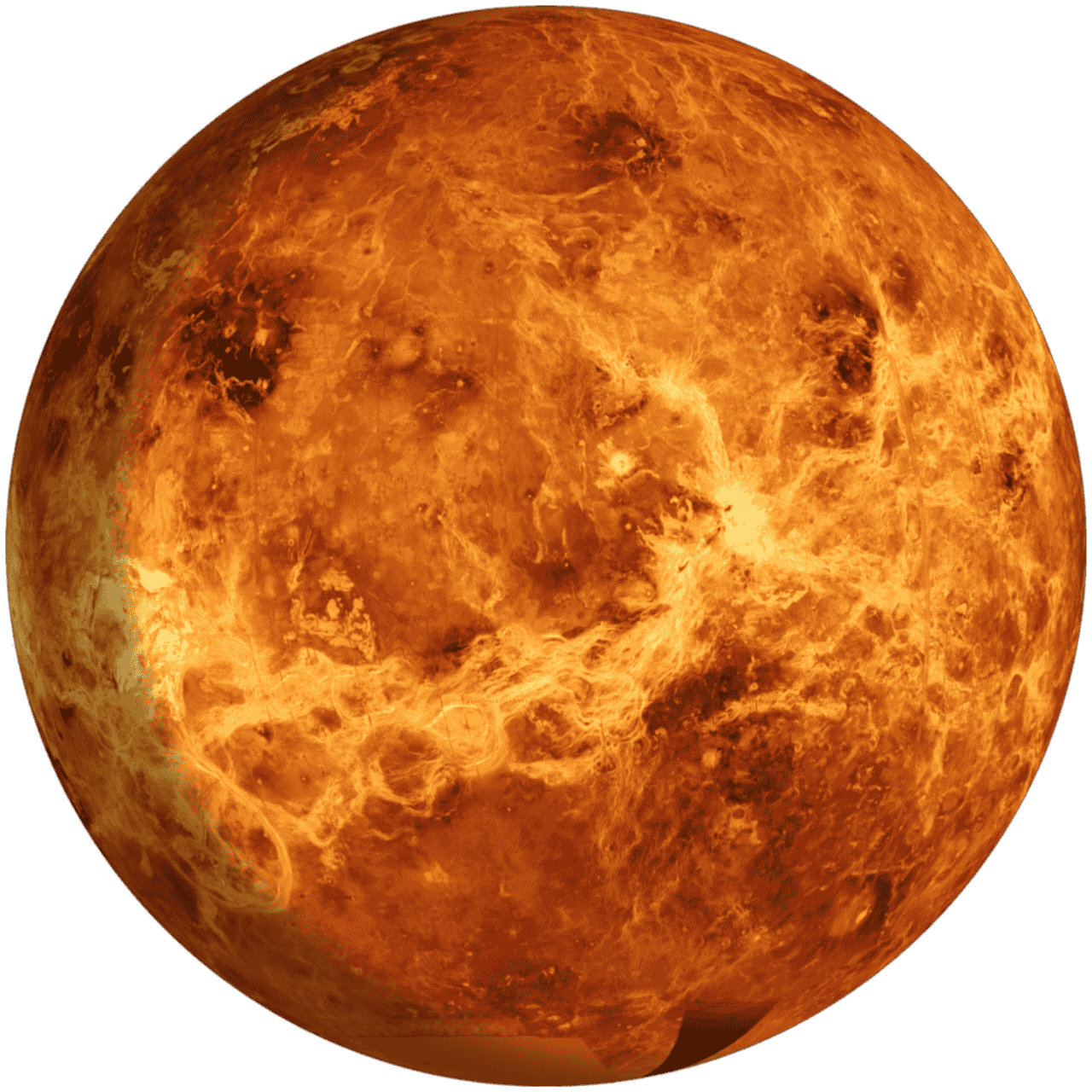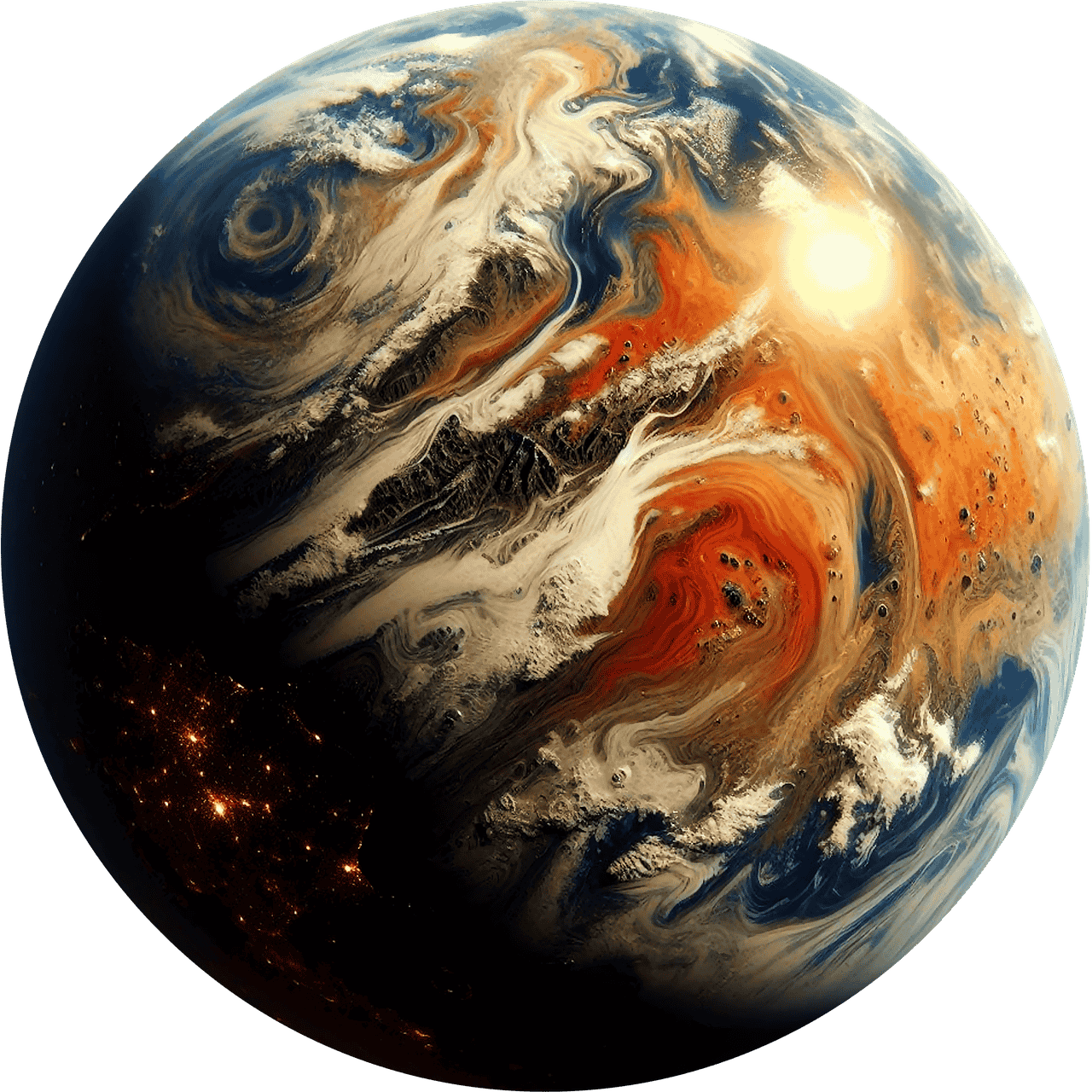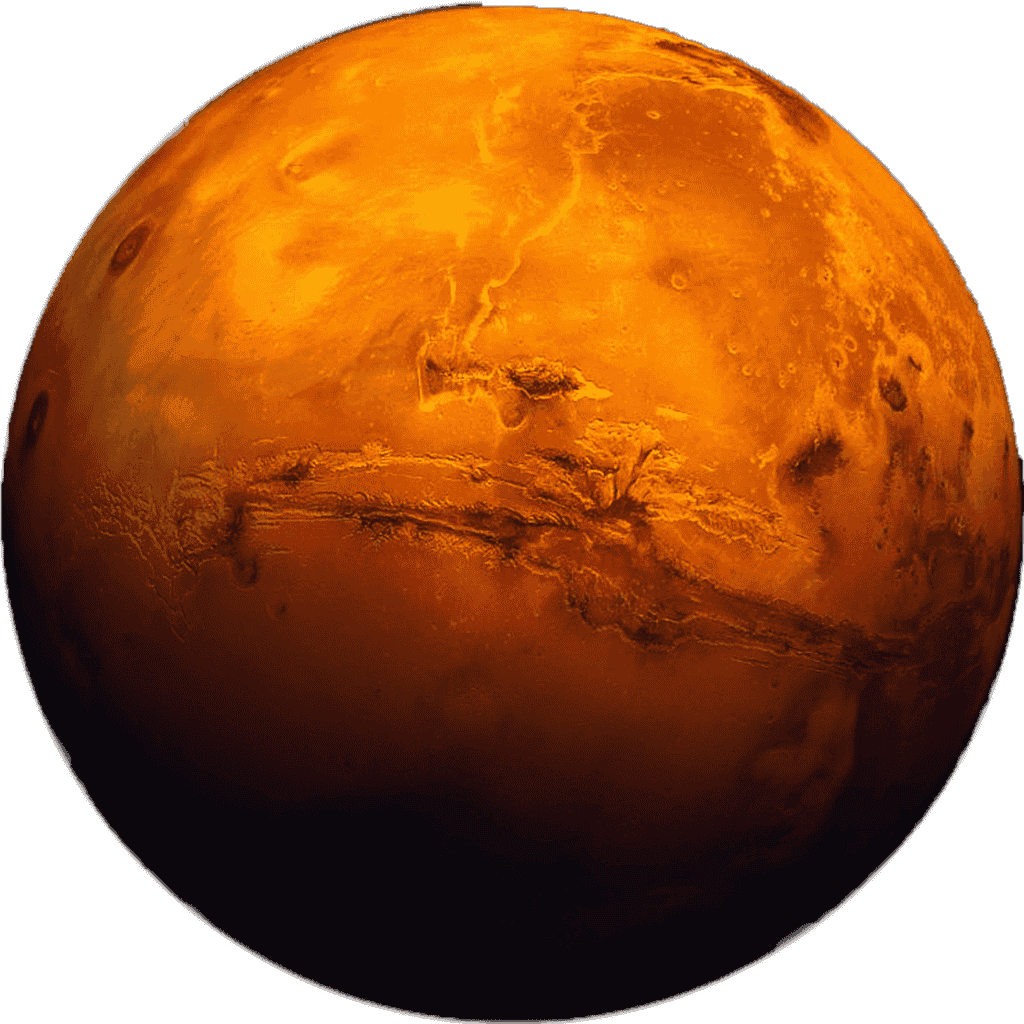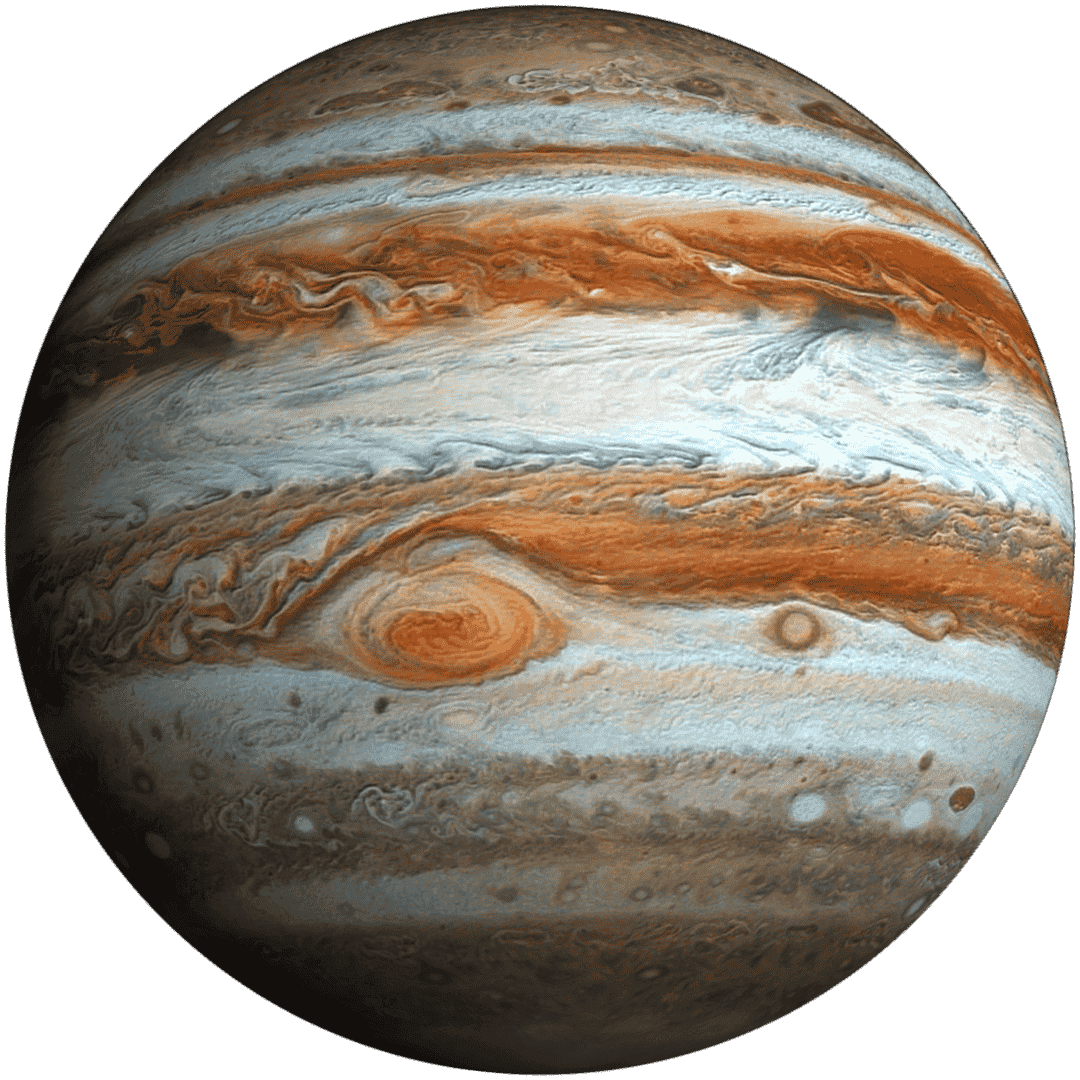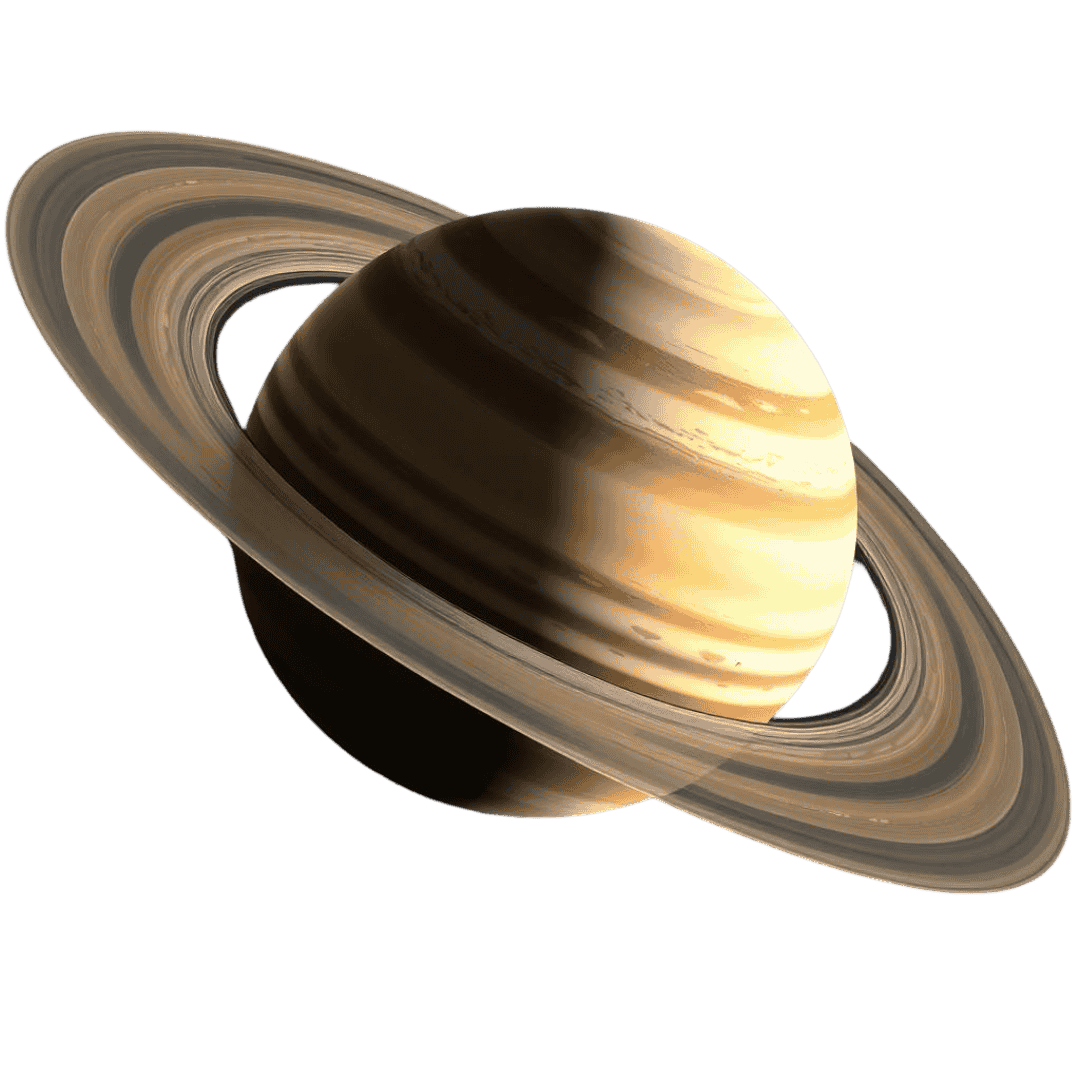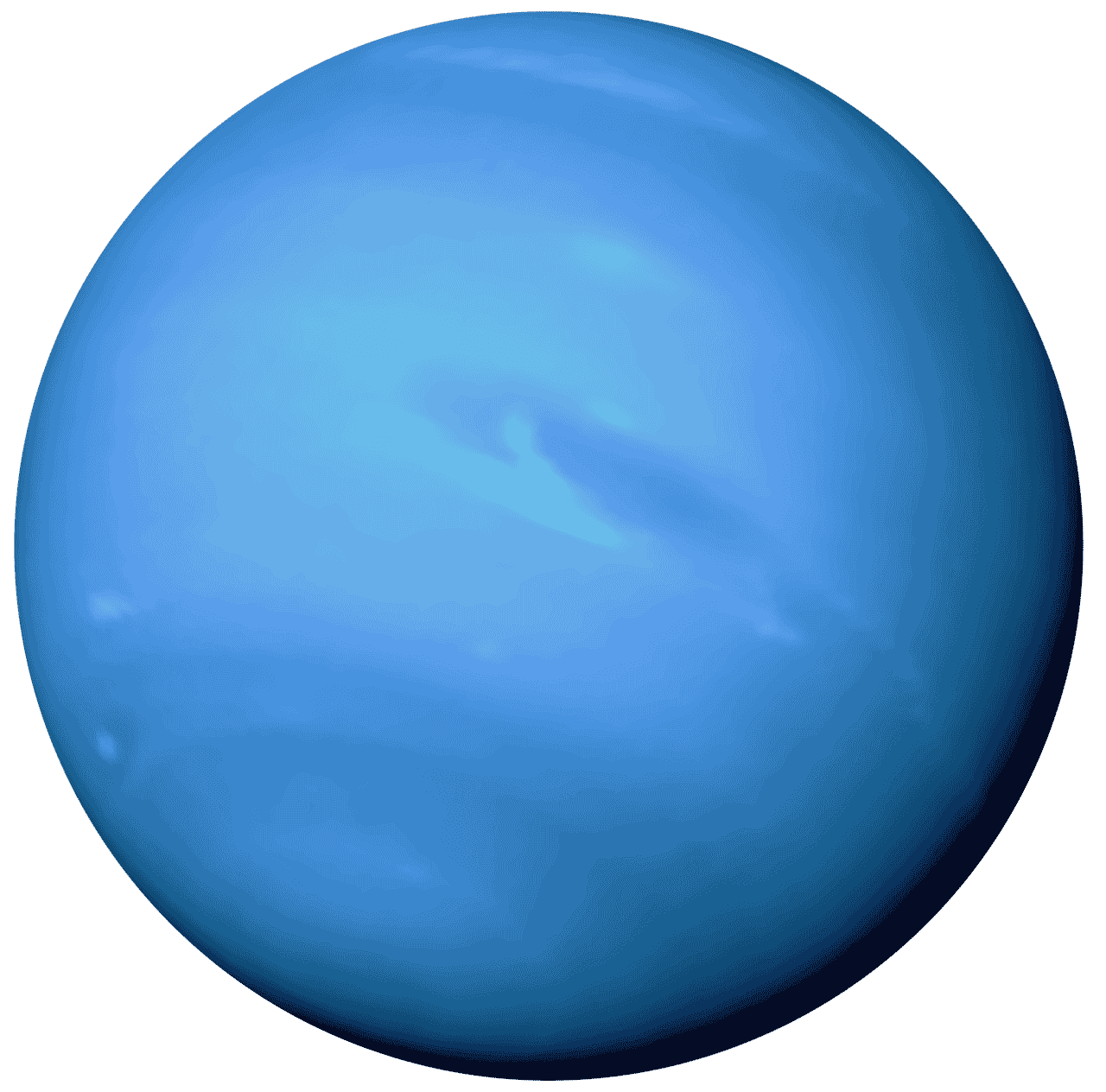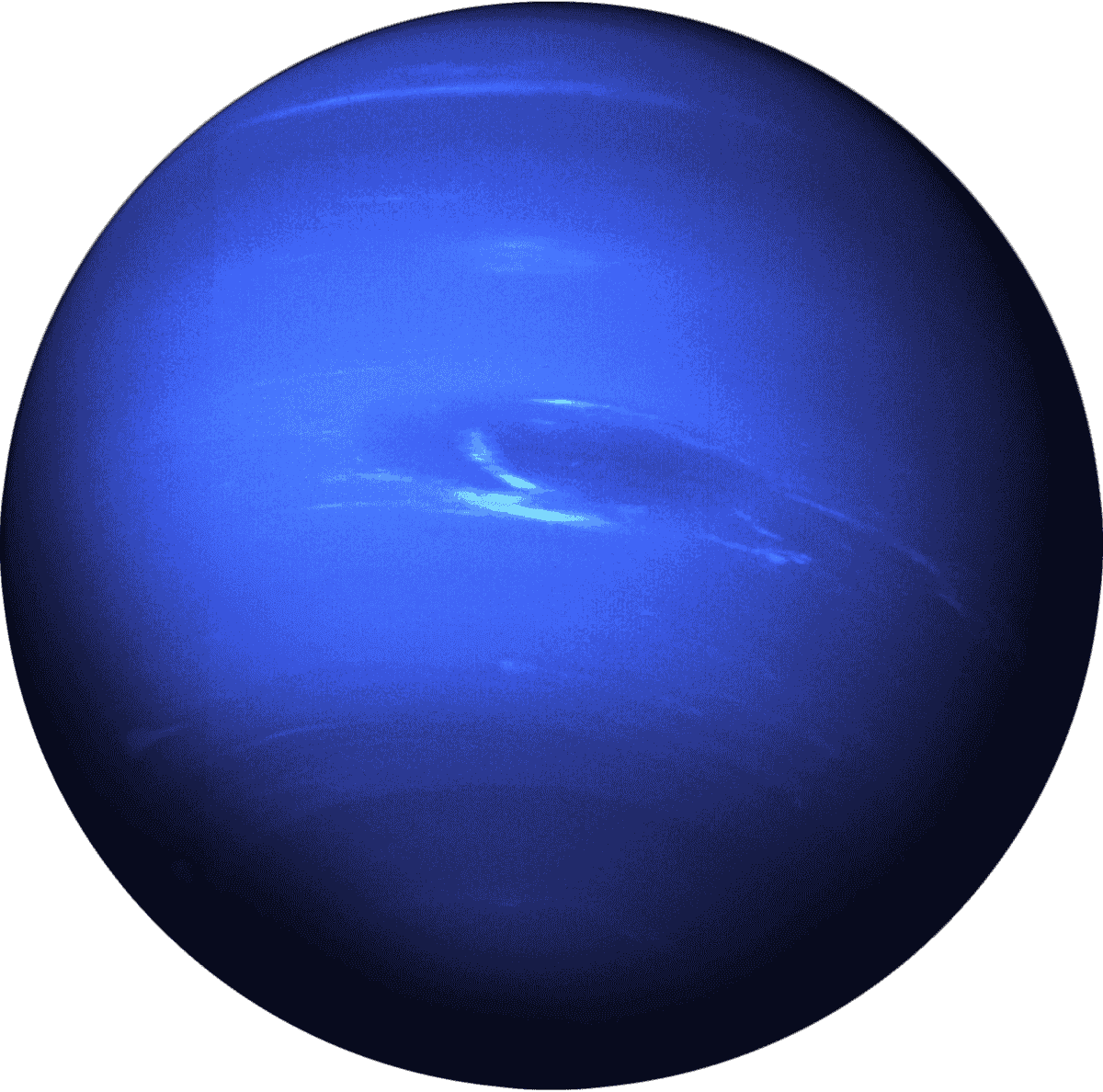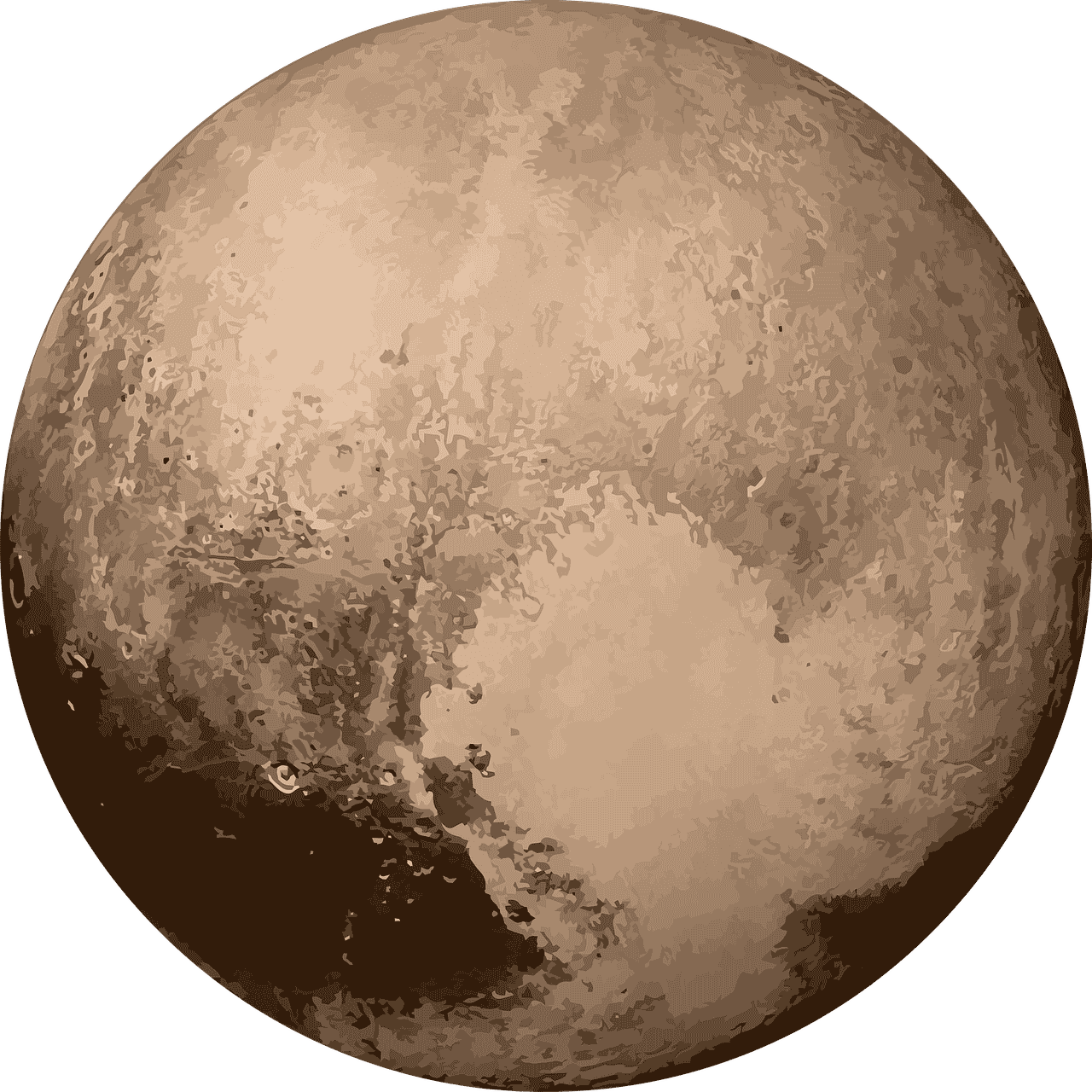It includes eight major planets — Mercury, Venus, Earth, Mars, Jupiter, Saturn, Uranus, and Neptune — all orbiting the Sun in elliptical paths. Accompanying them are over 200 known moons, five officially recognized dwarf planets, and countless asteroids, comets, meteoroids, and icy bodies.
The Sun, comprising over 99% of the solar system’s total mass, fuels the system’s energy with nuclear fusion. Each planet moves around it in a delicate gravitational balance, forming a flat, disk-like structure known as the ecliptic plane.
Between Mars and Jupiter lies the asteroid belt, home to millions of rocky bodies. Beyond Neptune, we enter the Kuiper Belt — a region of icy objects and dwarf planets like Pluto and Eris — and even further lies the hypothetical Oort Cloud, a spherical shell of icy debris believed to mark the solar system’s outer boundary.
Our solar system formed about 4.6 billion years ago from a collapsing molecular cloud. The remnants of that ancient stellar nursery still echo in the orbits, compositions, and structures of the solar system’s members.
Today, we continue to study the solar system through telescopes, rovers, and space missions like Voyager, New Horizons, Perseverance, and JUICE, unraveling mysteries of planetary origins, the potential for life, and the future of interstellar exploration.
